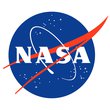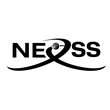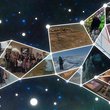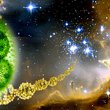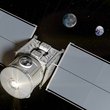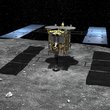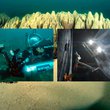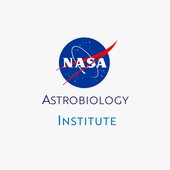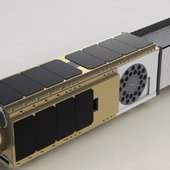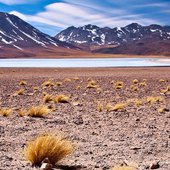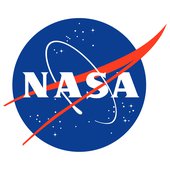Funding Opportunities
The NASA Science Mission Directorate (SMD) supports Research and Analysis programs that solicit proposals from the research community. Scientists and engineers who plan to propose or have submitted a proposal to a research solicitation from SMD can find more information through Research Opportunities in Space and Earth Science (ROSES), found at: https://science.nasa.gov/researchers/sara/grant-solicitations. The solicitations for programs that include astrobiology research are found below.

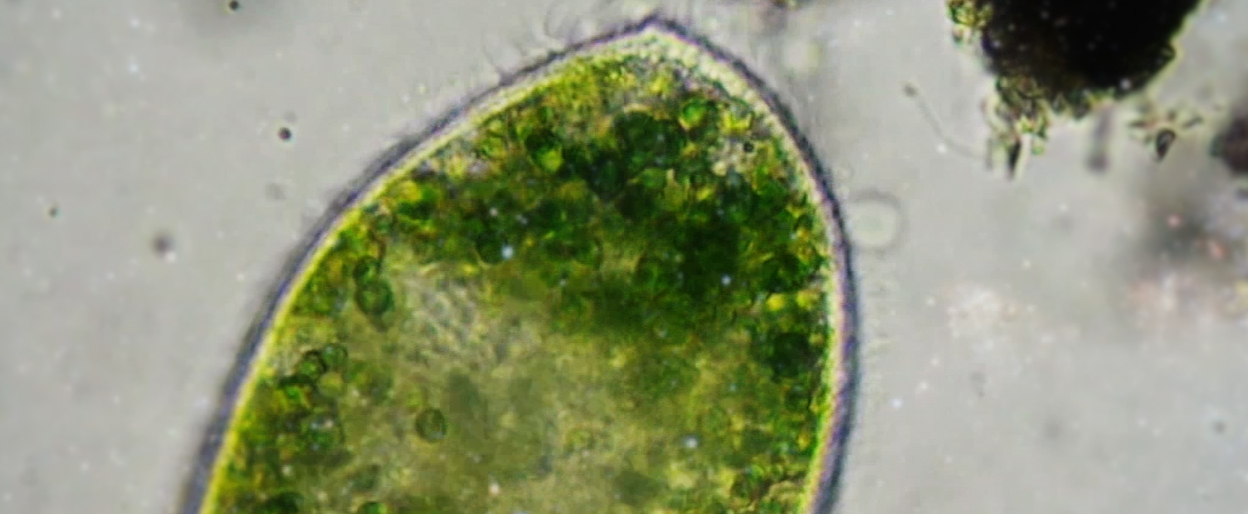
Astrobiology @ NASA
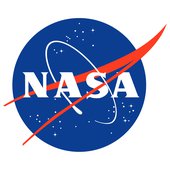
Astrobiology @ NASA
NASA supports research that leads to a better understanding of how life emerged and evolved on Earth, what conditions make any environment in our universe capable of supporting life, and what is the potential distribution of habitable worlds and life itself beyond Earth. Within the NASA Science Mission Directorate there are many Research and Analysis programs that solicit proposals from the research community that include astrobiology research. Results from these programs guide our strategy, inform our missions, and continue the quest to answer these fundamental questions: How does life begin and evolve? Is there life elsewhere in the Universe? What is the future of life on Earth and beyond?
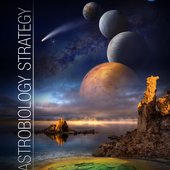
The NASA Astrobiology Strategy
The 2015 Astrobiology Strategy identifies questions to guide and inspire astrobiology research.
More Info…
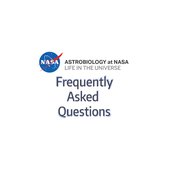
NASA Astrobiology FAQ
Answers to frequently asked questions at the NASA Astrobiology Program. Click here to find answers about the structure of the Astrobiology Program, funding opportunities, and the Research Coordination Networks (RCNs). More Info…
Where do I apply for support if I’m interested in…
The Astrobiology FAQs provides a guide to programs that support astrobiology research.
Go Explore
